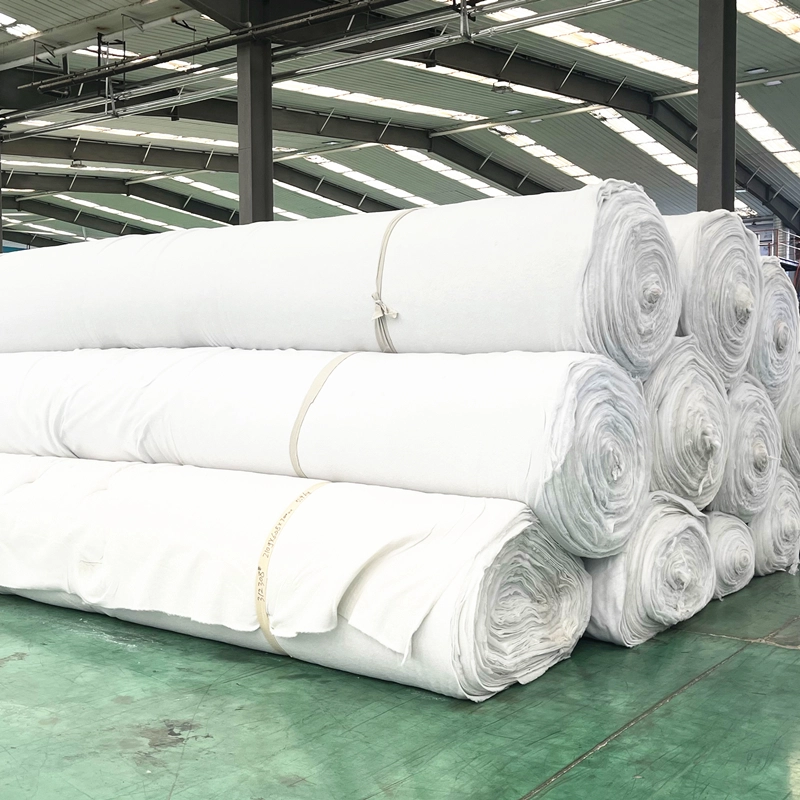
In railway engineering, geotextiles have the following eight major advantages:
1. Prevent soil erosion: Railway lines usually pass through various terrains. Geotextiles can be used as an effective anti-erosion material to prevent water flow and wind from eroding the soil around the railway and improve the stability of the lines. It is the top one advantage of geotextiles in railway construction projects.
(1) Soil conservation: Geotextiles are used to maintain railway slopes and roadbeds to prevent soil erosion from external factors such as rainfall and water flow. Especially in places with steep slopes or loose soil, geotextiles can effectively maintain the integrity of the soil and slow down soil erosion.
(2) Soil and water conservation: The railway lines may be affected by natural factors such as rainfall and water flow, which can easily lead to soil and water loss. As a kind of soil and water conservation material, geotextile can be laid on railway slopes, embankments and other locations to reduce the erosion and erosion of soil by water flow, thereby protecting the stability of railway infrastructure.
(3) Prevent exposed soil: During railway construction, geotextiles can be covered on the surface of exposed soil to form a protective layer to reduce the erosion of exposed soil by external factors. This helps maintain the ecological environment around the railway project.
(4) Inhibiting wind erosion: In some dry and windy areas, geotextiles can also be used to inhibit wind erosion. By covering the soil surface, it blocks the erosion of wind and sand and helps maintain the stability of the soil.
Generally speaking, geotextiles play an important role in preventing soil erosion in railway projects, providing effective guarantees for the long-term stability and sustainability of railway facilities.
2. Soil reinforcement: Geotextiles can be used in combination with other geotechnical materials for soil reinforcement, which is an very importnat advantageof geotextiles in railway project. Geotextiles can be used as a reinforcing layer for soil in areas where increased soil strength and stability are required.
(1) Tensile strength improvement: Geotextiles usually have high tensile strength. After being laid on the soil surface, it can significantly increase the overall tensile strength of the soil. This has a significant effect on solving problems such as soil cracks, tensile shear resistance, and slowing down subsidence.
(2) Prevent soil erosion: The covering layer of geotextile can effectively resist external erosion factors, such as rainfall, water flow, etc., and prevent erosion and erosion of the soil surface. This is critical to maintaining the integrity and stability of the soil.
(3) Strengthening of soil structure: Geotextile and soil form a composite structure, which effectively strengthens the overall structure of soil. It can reduce the local concentration of stress on the soil, improve the overall bending and shear resistance, and enhance the load-bearing capacity of the soil.
(4) Soil deformation control: The use of geotextiles helps limit the deformation of the soil, especially when the soil has large settlement or expansion deformation. This helps maintain the stability of the soil and the long-term stability of the project.
(5) Improve the impermeability of soil: The application of geotextiles can improve the impermeability of soil and reduce water penetration. This plays an important role in some situations where water penetration needs to be controlled, such as steep slopes, roadbeds, etc.
Through the above measures, geotextiles achieve all-round reinforcement of soil in railway projects, thus improving the stability and safety of the entire railway project.
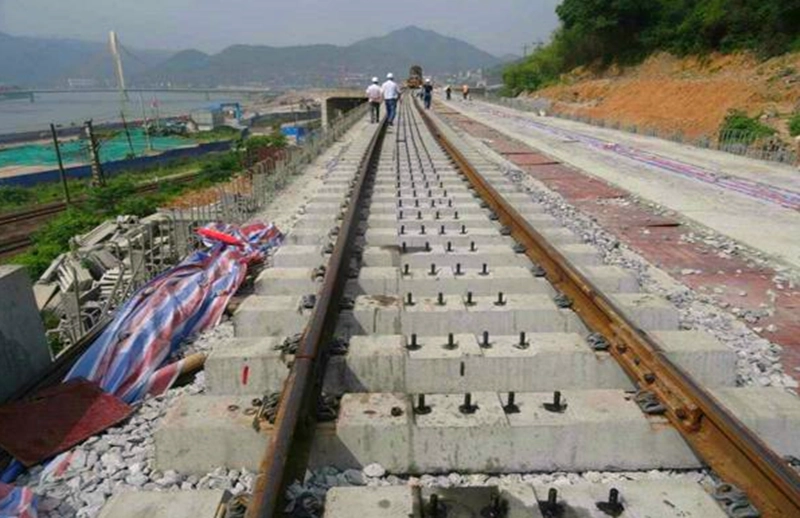
Railway infrastructure projects
3. Anti-penetration barrier: Geotextile has certain waterproof and anti-penetration properties and can be used to build an anti-penetration barrier to prevent the impact of groundwater on the railway subgrade. This advantage is also very helpful in railway construction projects.
(1) Moisture barrier: Geotextiles have good waterproof properties and can effectively prevent the penetration of groundwater or rainfall. This feature is very important for railway projects that need to control soil moisture and reduce water penetration.
(2) Soil erosion prevention: The laying of geotextiles can effectively prevent water flow from scouring the soil surface and slow down the soil erosion process. This has a significant protective effect on maintaining the integrity and stability of the soil.
(3) Prevent leakage: Geotextile can effectively prevent the leakage of water, mud and other substances, especially when it is necessary to maintain the stability of the railway base and reduce the penetration of weak foundation layers, its role is more significant.
(4) Stable soil structure: As a tensile material, geotextile can form a stable structure in the soil. It can prevent the loss of soil particles, maintain the structural integrity of the soil, and improve the stability of the soil.
(5) Soil permeability control: By selecting geotextiles of different types and specifications, the permeability of the soil can be controlled. This has practical significance for some projects that need to control groundwater levels and reduce foundation settlement.
Generally speaking, the performance of geotextile as an anti-penetration barrier in railway engineering lies in its excellent waterproof and anti-seepage performance, which can effectively protect the soil and maintain the stability of the base, thus improving the durability and reliability of railway engineering.
4. Subgrade reinforcement: In weak foundations or unstable geological conditions, geotextiles can be used to reinforce the subgrade and improve the load-bearing capacity and stability of railway lines. This is a major advantage of geotextiles in railway projects.
(1) Enhance bearing capacity: By providing tensile strength, geotextiles can form a stable structure in the soil, thereby improving the overall bearing capacity of the soil. This can effectively enhance the bearing capacity of the railway subgrade, especially under weak ground conditions.
(2) Slow down deformation: Geotextile can effectively disperse the load and slow down the settlement and deformation rate of the roadbed. This helps maintain the flatness of the roadbed and reduces the adverse effects of settlement on the railway line, improving the stability of the roadbed.
(3) Resistance to differential settlement: Under complex geological conditions, the use of geotextiles can help balance the settlement of the foundation and reduce the differential settlement of the roadbed, thereby reducing the damage to railway lines caused by uneven settlement caused by differences in foundations.
(4) Prevent erosion: The anti-erosion performance of geotextiles can effectively protect the roadbed surface from rain erosion and surface water erosion. This is critical to maintaining the smoothness and stability of the subgrade surface.
(5) Improve construction efficiency: The use of geotextiles can simplify the construction process and reduce the time and cost of earth excavation and filling. It can complete roadbed reinforcement in a shorter period of time, thereby improving construction efficiency.
Generally speaking, the role of geotextiles in reinforcing the roadbed in railway engineering is mainly to enhance the mechanical properties of the soil, slow down the deformation rate, and improve the overall stability and durability of the roadbed. This has a positive effect on improving the safety, reliability and economy of railway lines.

Geotextile construction in railway infrastructure projects
5. Steep slope protection: Railway lines usually pass through some steep hillsides or cliffs. Geotextiles can be used in slope protection projects to prevent slope landslides, collapses and other problems. This is a significant advantage for geotextiles in railway construction.
(1) Suppress slope erosion: Steep slopes are easily eroded by rainfall and water flow, leading to soil loss on the slope. As a protective material, geotextile can effectively inhibit the erosion of steep slopes by water flow, reduce soil loss on the slope, and improve the stability of the slope.
(2) Reinforcement of slope: Geotextile has high tensile strength and can form a uniform support structure on the surface of the slope. This helps to strengthen the slope and prevent geological disasters such as landslides or collapses caused by loose slopes.
(3) Improve the erosion resistance of slopes: Steep slopes are susceptible to erosion by water flow, leading to soil loss on the slope. The application of geotextile can improve the erosion resistance of the slope, slow down the erosion speed of the water flow on the slope, and protect the integrity of the slope.
(4) Promote vegetation growth: The microporous structure of geotextile helps the penetration of soil moisture and the growth of plant roots. By laying geotextiles on the surface of steep slopes, it can provide a more favorable growth environment for vegetation, help vegetation take root and solidify the soil on the slope, and further stabilize the slope.
(5) Reduce maintenance costs: The use of geotextiles can reduce the maintenance costs of steep slopes. It can not only extend the service life of the slope and reduce the frequency of maintenance, but also reduce the maintenance investment on steep slopes.
Therefore, the role of geotextiles in steep slope protection in railway projects is mainly to improve the stability of the slope, reduce soil erosion, promote vegetation growth, and reduce maintenance costs, thus having a positive impact on the sustainability and economy of railway projects.
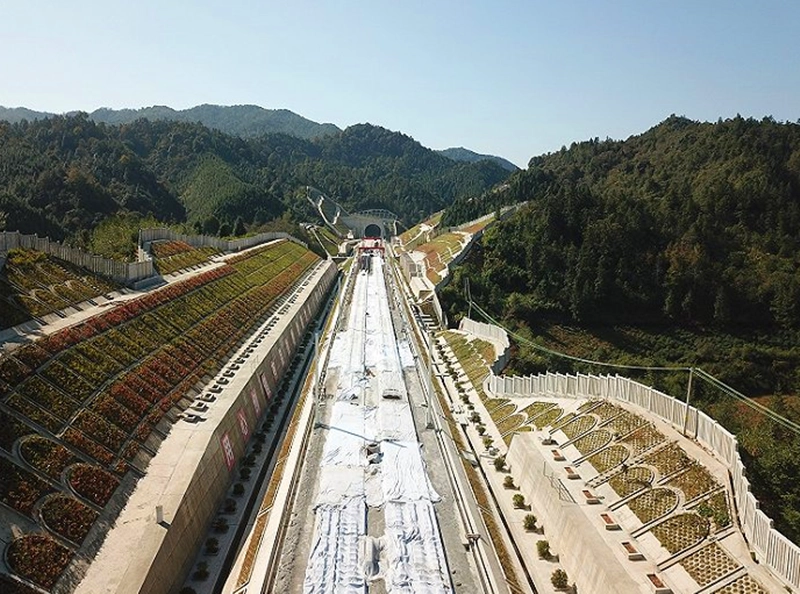
Geotextiles used for steep slope protection in railway infrastructure projects
6. Water management: In areas where water bodies cross, such as railway bridges or culverts, geotextiles can be used to build anti-seepage barriers to protect bridge piers and railway infrastructure from water erosion. It is a supportive factor for geotextiles in railway construction projects.
(1) Prevent water and soil erosion: Railway lines may be affected by rainwater erosion and water erosion, leading to soil erosion. Geotextile can be laid along the railway line to form a protective film, which can effectively prevent water and soil erosion and protect the stability of the railway foundation soil.
(2) Reduce runoff speed: The microporous structure of geotextile helps to reduce the speed of water flow and slow down the effect of water erosion. This plays an important role in controlling the flow velocity of water bodies along the line and reducing the erosion of the railway foundation by water flow.
(3) Improve the sedimentation effect of water bodies: The coverage of geotextile can slow down the water flow and promote the sedimentation of suspended sediment and other particles. This helps improve water quality, reduce sediment pollution of water bodies, and protect the surrounding environment.
(4) Maintaining water ecosystems: Through the rational use of geotextiles, the ecosystem of water bodies along the railway can be maintained. Reducing the loss of soil and chemicals is beneficial to biodiversity and ecological balance in water bodies.
(5) Reduce maintenance costs: The use of geotextiles can reduce the maintenance costs of water body management. Effective water management can help reduce the frequency of water maintenance and extend the life of infrastructure.
Generally speaking, the water management role of geotextiles in railway projects is mainly to prevent soil erosion, reduce water flow velocity, improve the sedimentation effect of water bodies, maintain water body ecosystems, and reduce maintenance costs through these measures to provide sustainable and sustainable solutions for railway projects. Economical water management options.
7. Construction efficiency improvement: The use of geotextiles can improve construction efficiency and reduce the time and cost of earthwork projects, especially in earthwork backfilling and foundation treatment. This is one of the key reasons we use geotextiles in railway construction.
(1) Quick laying: Geotextiles are usually provided in rolls, which facilitates quick laying. With a large width, it can quickly cover a large area and reduce construction time.
(2) Reduce construction difficulty: Geotextile is light and flexible, making it easy to carry and operate. This reduces the difficulty of construction and reduces the labor intensity of workers.
(3) No need for a large amount of auxiliary equipment: The laying of geotextile is relatively simple and generally does not require a large amount of auxiliary equipment. This reduces the investment in equipment required at the construction site and is conducive to the rapid progress of construction.
(4) Self-adhesiveness: Some geotextiles have self-adhesiveness, which allows adjacent parts to be easily bonded together during laying, reducing the time and labor of joint processing.
(5) Strong adaptability: Geotextiles can adapt to various terrains and complex construction environments, such as steep slopes, curved areas, etc. Its adaptability helps improve construction efficiency.
(6) Quick fixing: Geotextiles can be quickly fixed at the construction site in a variety of ways, such as using fixed nails, ground nails, etc., which reduces the time and cost of fixing.
(7) Can be used with other materials: Geotextiles can be used with other materials (such as geogrids, geopipes, etc.) to form a comprehensive geotechnical material system to improve construction efficiency and overall project performance.
Generally speaking, geotextiles improve construction efficiency in railway projects mainly through their advantages such as rapid laying, reduced construction difficulty, strong adaptability, self-adhesiveness, and the absence of a large amount of auxiliary equipment. These characteristics make geotextile an efficient construction material widely used in railway engineering.
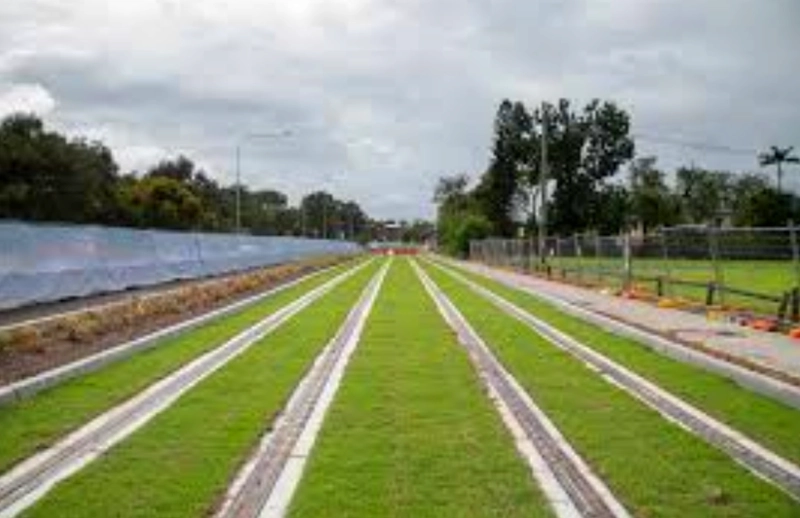
Display diagram showing the importance of environmental protection with geotextiles in railway infrastructure projects
8. Environmental protection: Geotextiles help reduce the impact of construction on the surrounding environment and reduce the risks of soil erosion and water pollution. This is the last but not least one advantage of geotextiles used in railway construction.
(1) Soil protection: Geotextile can be used to cover the soil surface to prevent soil erosion and weathering. This helps protect the soil along the railway line, prevents soil erosion and slows surface erosion.
(2) Water body protection: The laying of geotextiles can be used to prevent particulate matter, sediment and other pollutants during the construction process from entering nearby water bodies and reduce the impact on water quality. This helps protect rivers, lakes and other water environments along the railway line.
(3) Vegetation protection: Geotextiles can be used as basic materials for vegetation coverage, helping to provide a good environment for vegetation growth. It can prevent vegetation root systems from being eroded, promote rapid growth of vegetation, and achieve the effect of protecting surface coverage.
(4) Ecological protection: The use of geotextiles helps reduce the impact of land development on the surrounding natural environment. Reduce damage to local ecosystems through effective soil erosion control, water quality protection and other measures.
(5) Waste management: Geotextile can be used as a covering layer in landfills to prevent leakage of garbage and contamination of the surrounding soil. This helps make landfills more environmentally friendly.
(6) Reduce the interference of construction on the surrounding ecology: In railway projects, the use of geotextiles can reduce the interference of construction on the surrounding natural environment, including reducing soil disturbance, water pollution and other adverse effects, which is beneficial to maintaining the balance of the surrounding ecology.
Generally speaking, the biggest advantage of geotextiles in railway engineering is its versatility, which can be used in different engineering environments to solve problems in soil erosion, soil stability, water management, etc., and to improve the safety and security of railway lines. Sustainability.
![]() 200g Staple fiber non-woven geotextile.pdf
200g Staple fiber non-woven geotextile.pdf
![]() 300g PET geotextiles test report.pdf
300g PET geotextiles test report.pdf
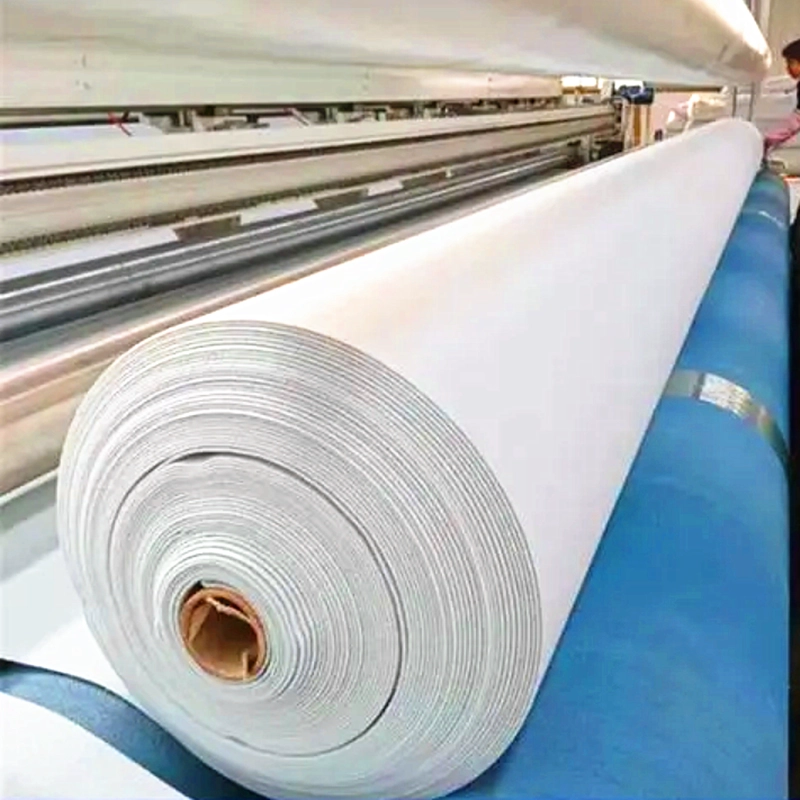
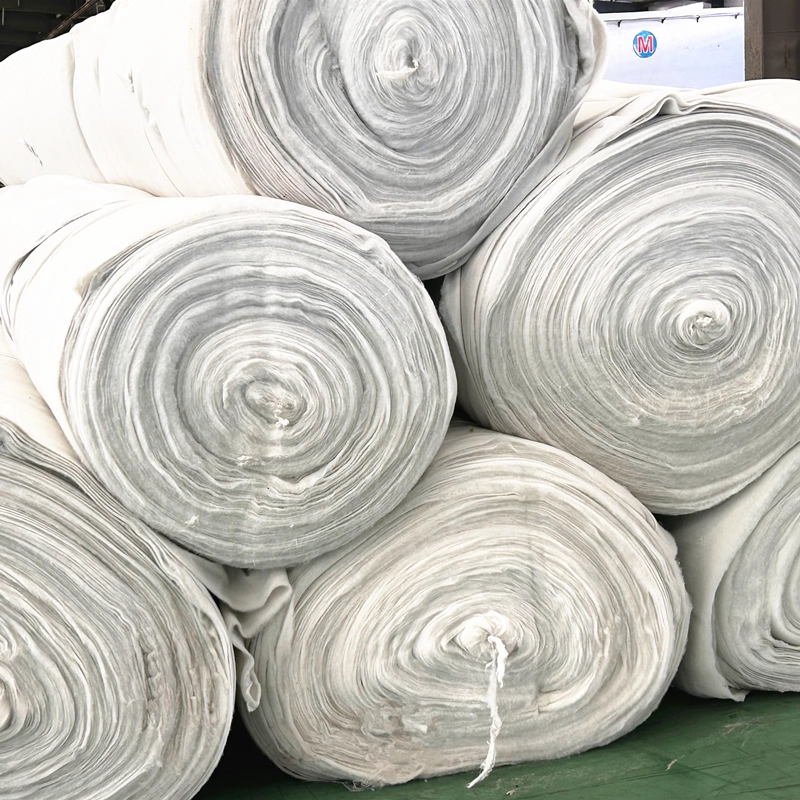
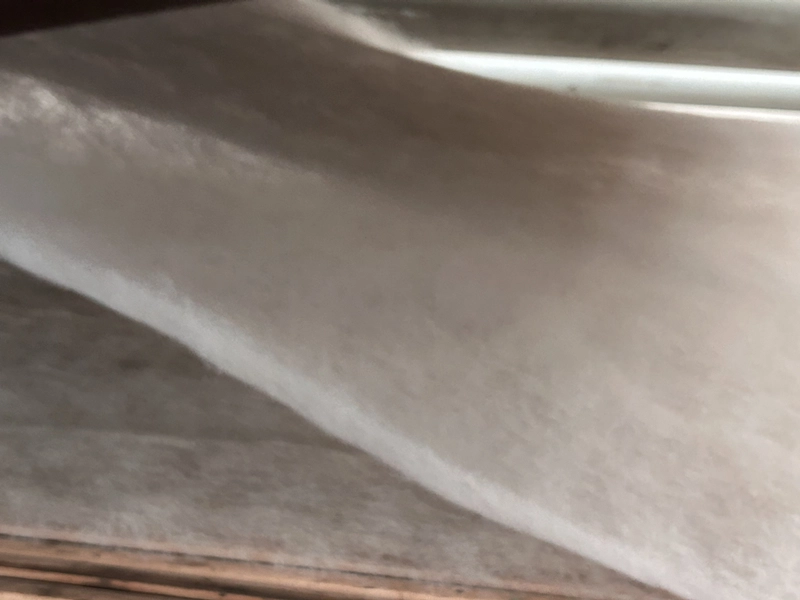
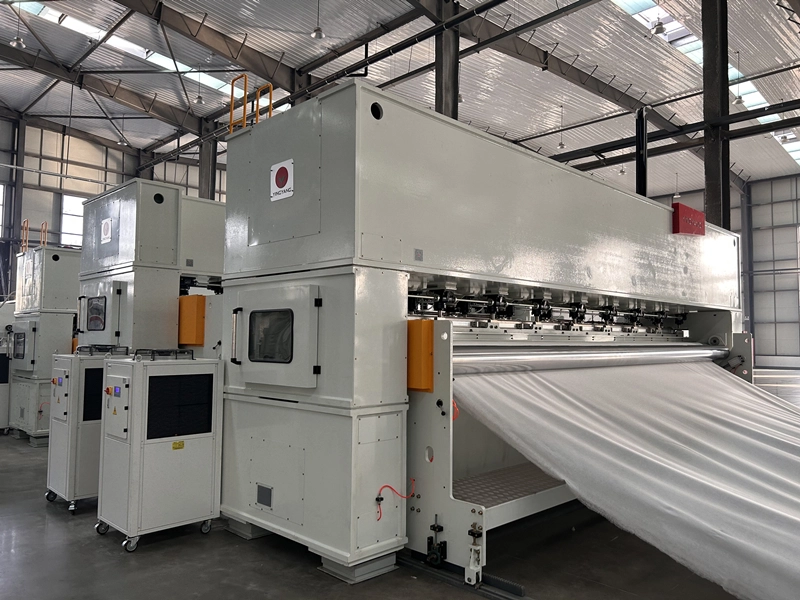
503.webp)
759.webp)
241.webp)

191.webp)